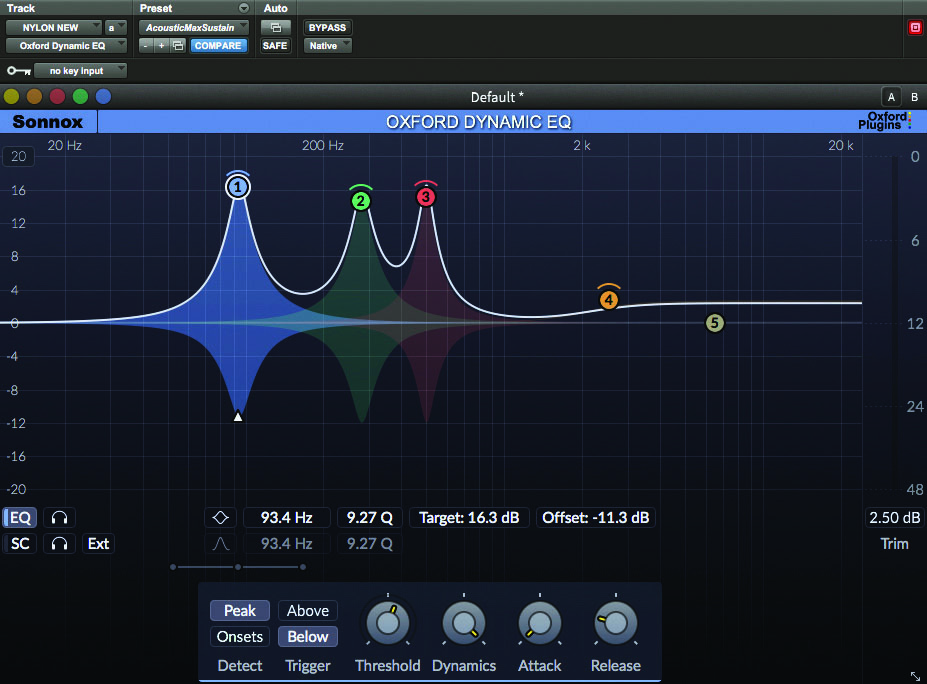

Perceivable distortion, shrillness, harshness, and pumping are all generally considered undesirable qualities in a mastering limiter… One of the most common criteria for choosing a mastering limiter is transparency.īecause mastering limiters will be called upon to process the entire mix, you will want a unit that provides as little coloration as possible.

Mastering limiters may also include additional tone shaping features, typically at the end of the signal path.Ĭommon additions are soft saturation and/or soft clipping algorithms, which are useful for imparting warmth and extra harmonics reminiscent of the sound recorded ‘hot’ onto an analog tape. Limiters with precise output level control and high ratios are often referred to as “brick wall” limiters. But for mastering purposes, you want a limiter with precise output limiting and higher ratios than that which general-purpose compressors and limiters are able to provide. This is usually sufficient for individual instruments. Some of the features that come with mastering limiters may not have much use in more general studio applications.īut given the unique requirements of audio mastering (Wiki article), features that can be superfluous–and even unnecessary–for mixing may be indispensable for mastering.įor instance, limiters employed in mixing typically have compression ratios of about 1:10. Features to look for in a mastering limiter You can read more on how on applying the right limiter settings to your songs for the best results.

They may be used to limit individual instruments or tracks during the mixing stage, or entire stereo mixes during the mastering stage. This makes the compressor good for controlling unruly dynamics, and limiters good for squeezing as much dynamics as possible into a track without clipping. It’s like the difference between keeping your audio signal on a leash (compressor) and shutting the gate entirely (limiter) so nothing gets beyond a set boundary. So in contrast, compressors will reduce the dynamics range of the signal gradually when it exceeds the threshold, while a limiter says “you shall not pass” once the signal reaches that threshold. Essentially a type of compressor, a limiter prevents the signal from exceeding the predefined threshold entirely. If you looked at the compressor plugin guide, or the post on how compressors work, you will come to much of a similar definition of how a limiter works…Ī limiter plugin is a dynamics processor that restricts or “limits” the level of a signal to a specific threshold. Primarily because, to some, it’s a mystery how they work. The rest of this article goes into each plugin more in-depth, listing the features, the good, the bad, and the ugly.įind more great gear here: Mastering Limiter Plugins Buying Guide What is a limiter?Ī limiter, like the compressor, is another one of those plugins that many attribute a lot of mystery to.
GOOD SETTINGS FOR SONNOX OXFORD LIMITER PSP
Quick answer: PSP Xenon is our top pick, but the super popular Fabfilter Pro-L is also a great option to get (it’s also cheaper).

We’ll list of the 5 that are most in demand, and pick the top choices for you. While practically any limiter could do for mastering purposes, professionals and “those in the know” tend to rely one or another to get the sound right. Let’s get your mixes sounding loud and clear with the best mastering limiter plugin software.
GOOD SETTINGS FOR SONNOX OXFORD LIMITER FREE
This is the best free limiter, farway, quality and transparent that with less resources than I hoped. VST 4 FREE - Free Audio Plug-ins and Archives.


 0 kommentar(er)
0 kommentar(er)
